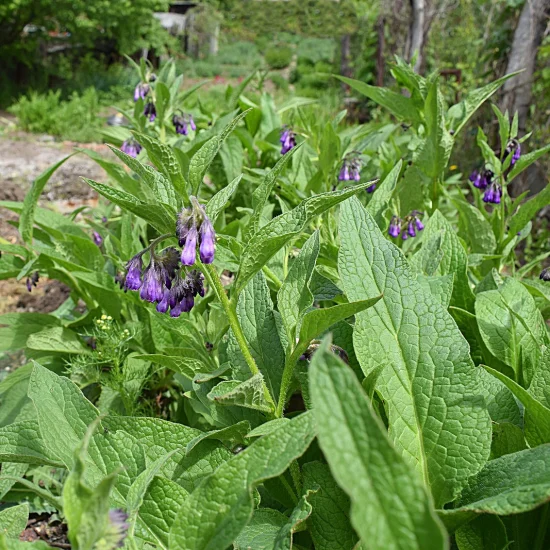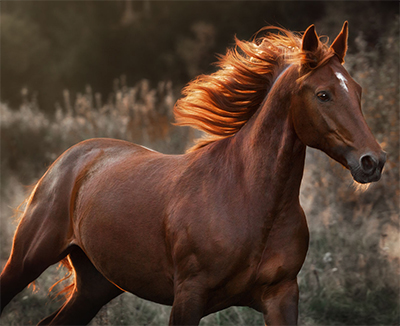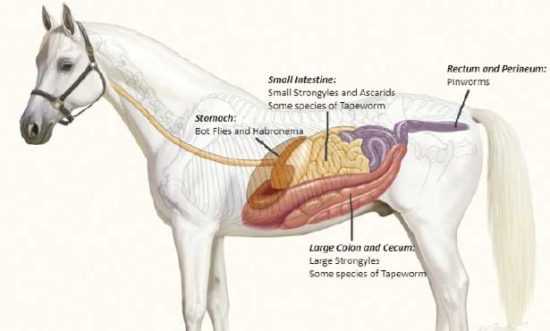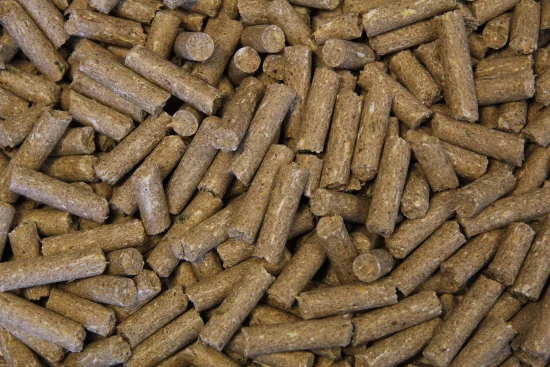Proven Old Fashioned Methods
Most modern day trainers tend to feed modern day feeds, nuts, mixes, balancers, etc., whereas 50 years or so ago the main staple diet of all horses not just racehorses was good clean oats and good quality clean hay, also there was the old boiler boiling up barley and linseed for the evening mash, bran,…





